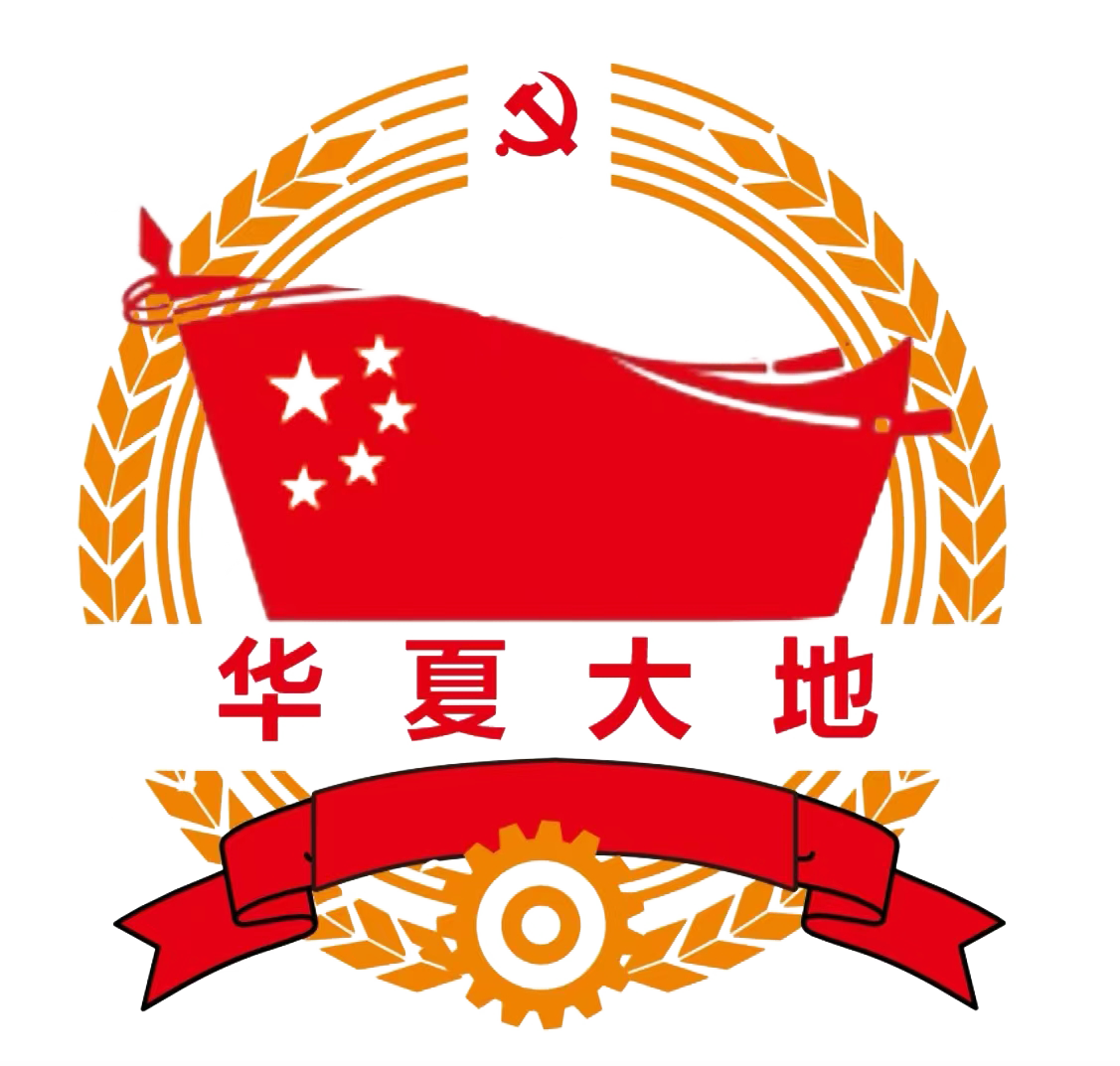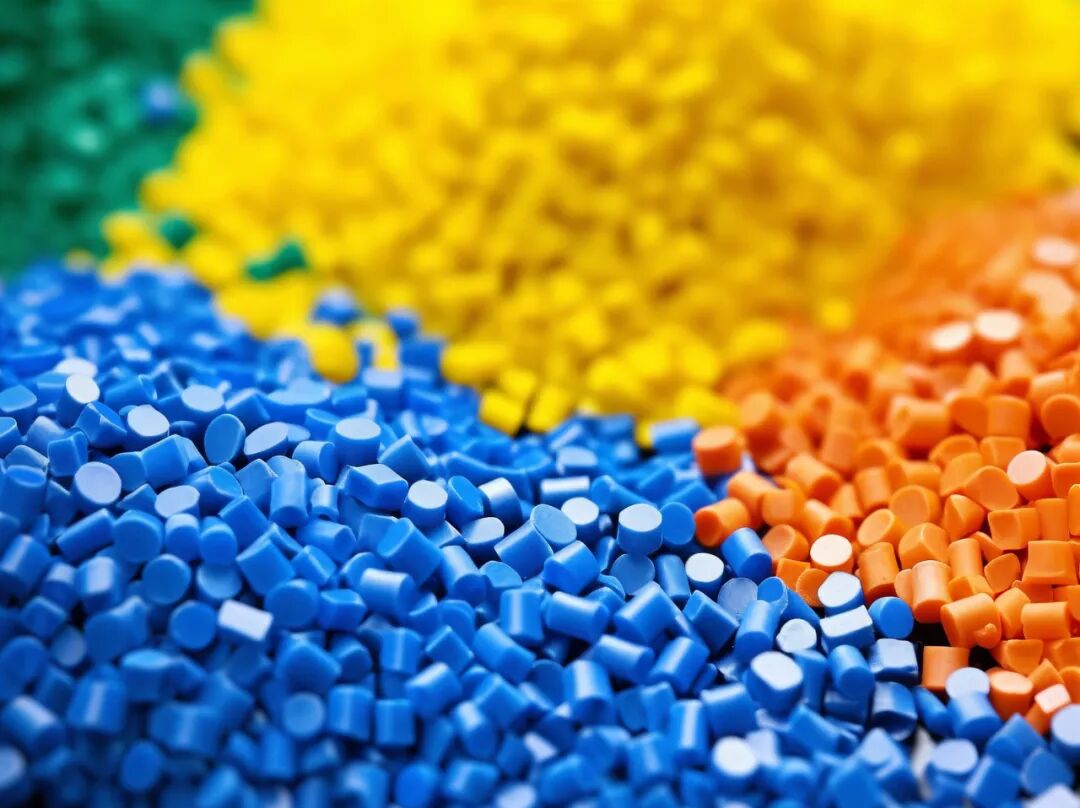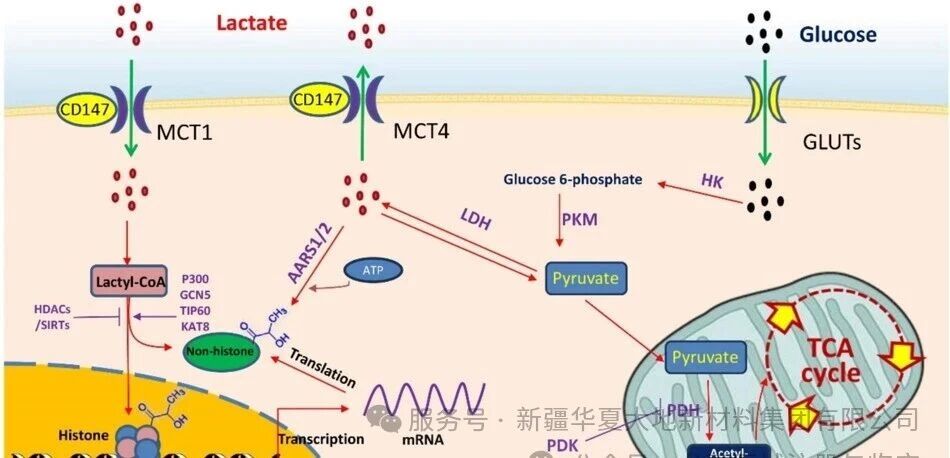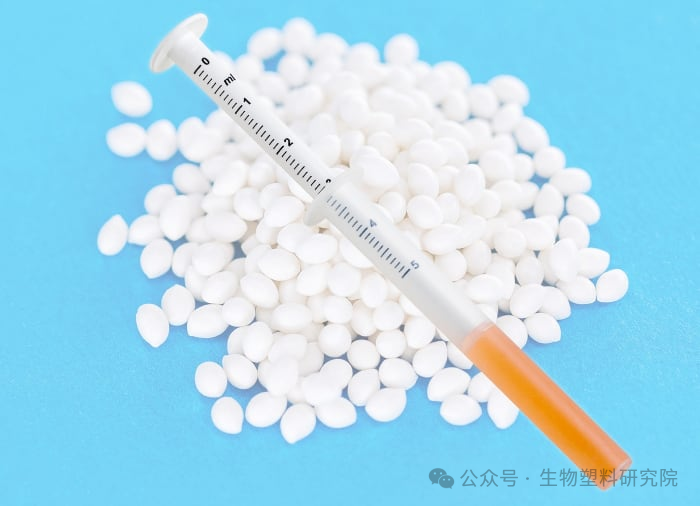PLA, or polylactic acid, is a biodegradable plastic derived from renewable resources such as corn starch, sugar cane, and sugar beet.
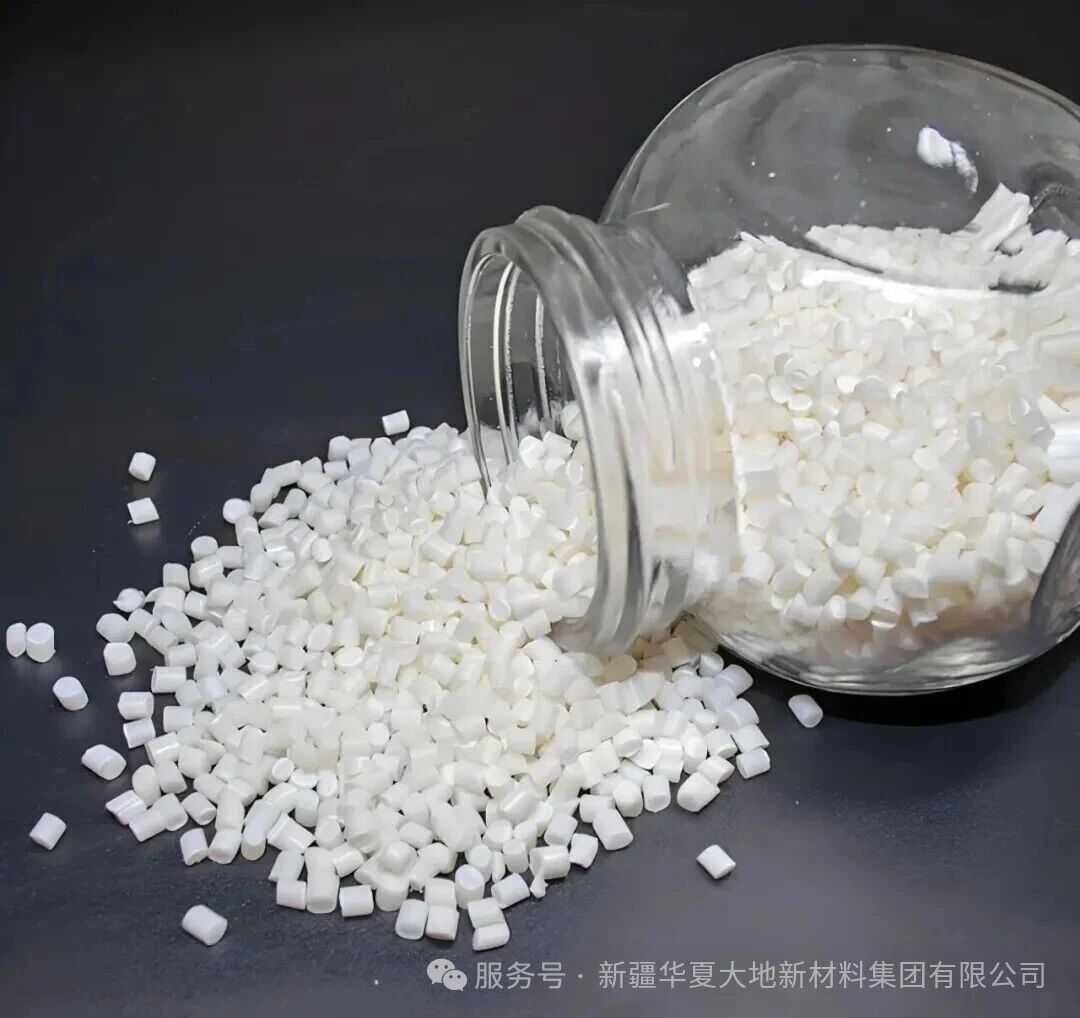
PLA has become the king of 3D printing, boasting several significant advantages:
1. Extremely easy to print
Low printing temperature: Usually between 180-220°C, this means that the requirements for the printer nozzle are very low, and most entry-level printers can handle it perfectly.
No need for a heated bed: PLA has a very low shrinkage rate during printing (<0.3%), significantly reducing the possibility of warping. Therefore, even without a heated bed, successful printing can be achieved on blue tape, painter's tape, or PEI board. A heated bed is even better, usually set at 50-60°C.
Good adhesion: It has excellent adhesion on various build plate surfaces, eliminating the hassle of models falling off during printing.
2. User-friendly and safe printing experience
No odor: When printing, it emits a faint, sweet smell similar to that of candies or popcorn, rather than the pungent chemical smell like ABS. This makes it ideal for use in enclosed spaces such as homes, offices, or classrooms.
No requirement for a sealed chamber: Due to its low shrinkage and low warpage, printing with PLA usually does not require the printer to be equipped with a sealed enclosure, further reducing the equipment cost and complexity.
3. Excellent printing quality and performance
High detail: PLA has a lower fluidity and higher viscosity when melted, which enables it to maintain the shape well, print sharp details and smooth vertical walls.
Surface quality is excellent: The finished products usually have a smooth and shiny surface appearance, presenting a superior visual appeal.
Widespread colors and special types: From basic colors to fluorescent, temperature-sensitive, silk, wood, metal, carbon fiber filled, etc., PLA offers the most extensive range of options, providing creators with unlimited possibilities.
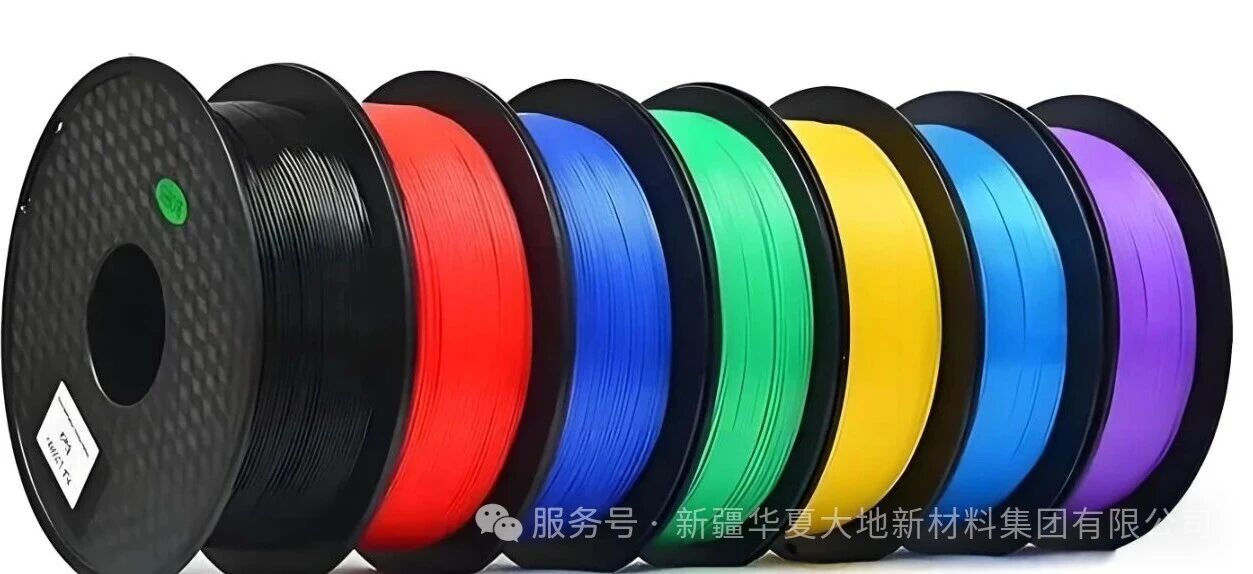
4. Cost and Availability
Low price: As the most widely used 3D printing material, PLA has the largest production scale, resulting in the lowest cost.
Abundant availability: Any 3D printing supplier will offer PLA, and the range of brands and specifications is the widest.
5. Environmental Attributes
Biobased raw materials: Derived from plants, reducing dependence on petroleum.
Biodegradable: Note: This does not mean it can degrade rapidly in the natural environment or in household trash bins. It can only be degraded within a certain period of time in industrial composting facilities (where there is a continuous high-temperature and high-humidity microbial environment). In normal conditions, it is very stable.
PLA is the perfect "guide" that leads users into the wonderful world of 3D printing. It enables you to focus on enjoying the pleasure of design and creation without having to struggle too much with the materials themselves. However, once your project goes beyond the realm of prototypes and demonstrations and moves towards functionality and durability, understanding the limitations of PLA and switching to more specialized materials at the right time is the necessary path for you to become a mature maker.
